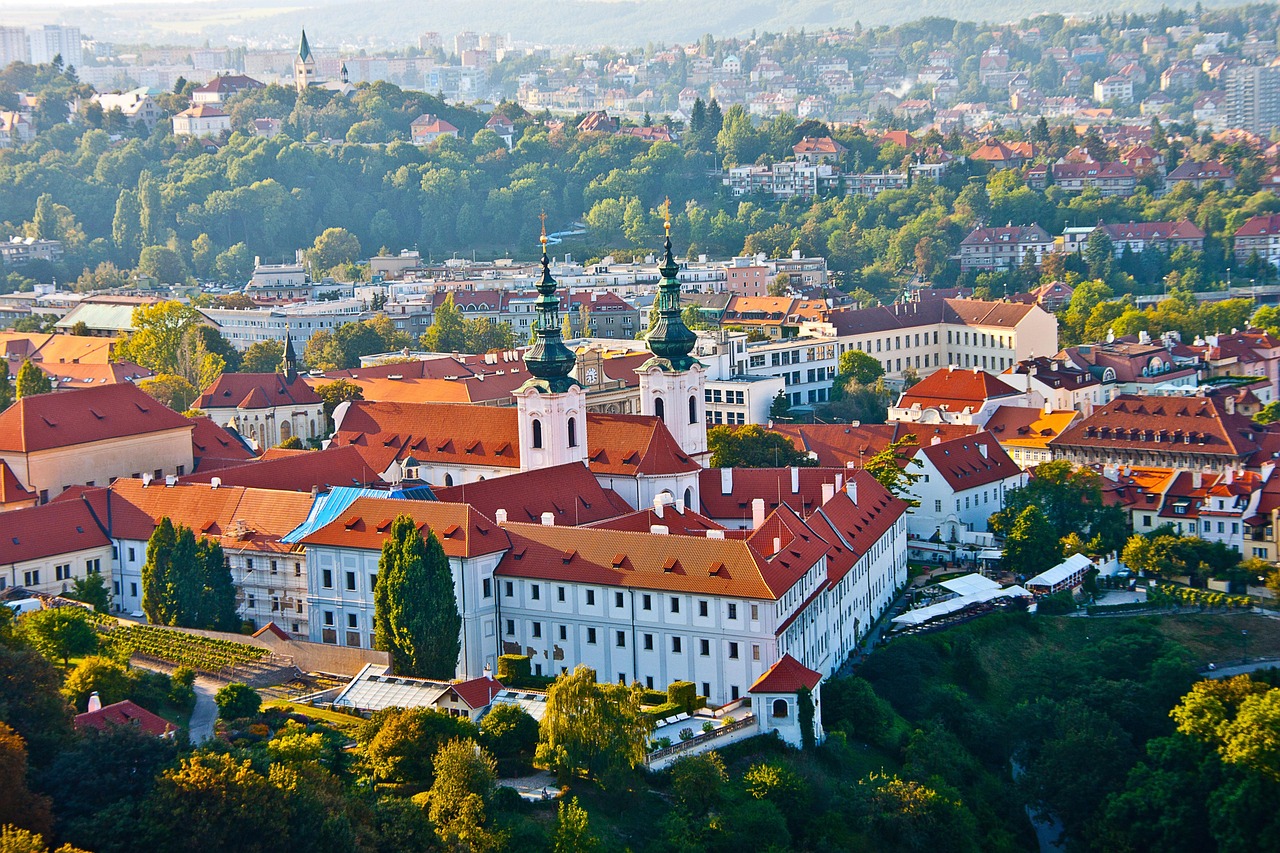Medieval Europe survives in streets that never hurried into modern scale. In these cities, stone lanes still bend to plazas sized for markets, towers still mark power, and craft still matters as much as spectacle. Time feels layered rather than lost. Church bells share space with shop signs, and nightly strolls follow routes set centuries ago. The result is not a museum, but a pattern of daily life that respects old proportions, sharp shadows, and the quiet grammar of walls and gates.
Bruges, Belgium
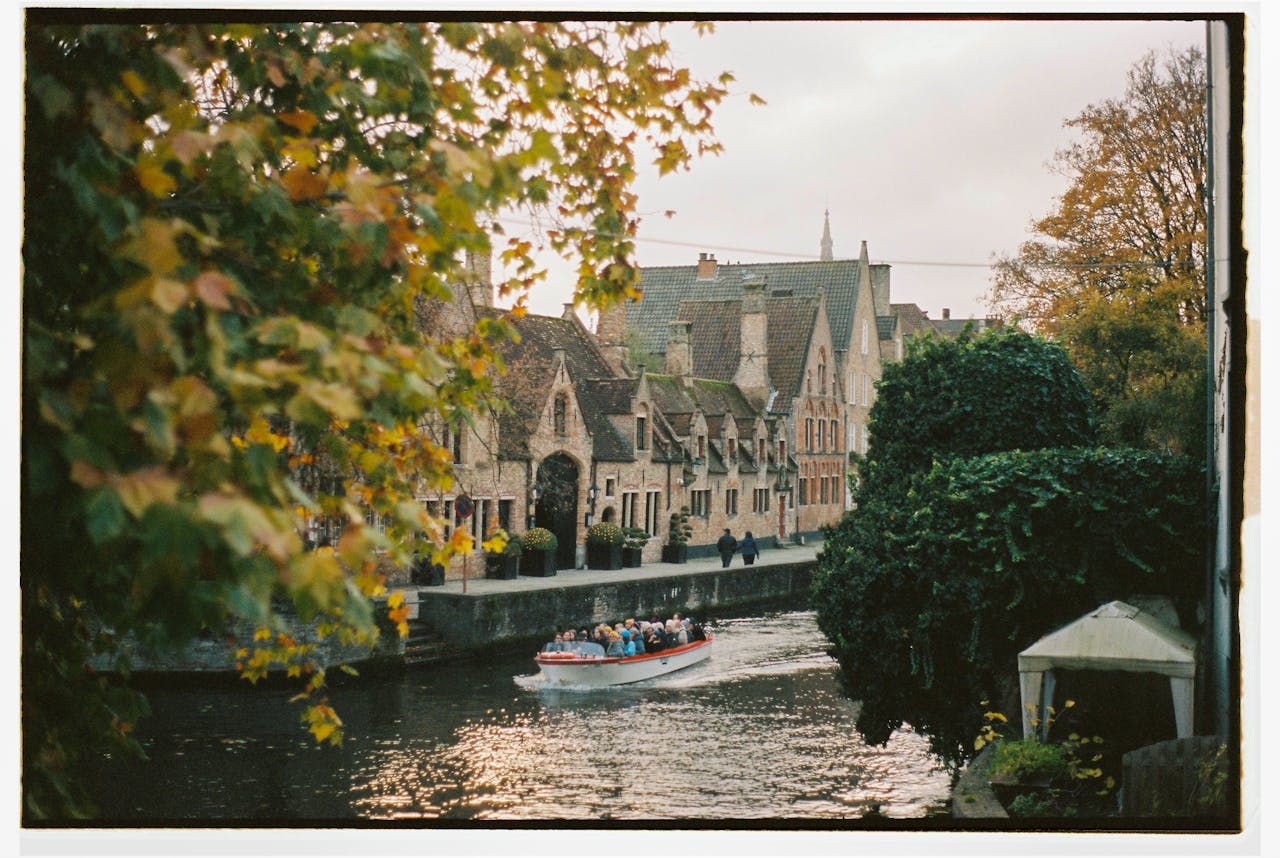
Bruges preserves a Hanseatic rhythm that favors canals, warehouses, and a marketplace framed by stepped gables. The Belfry watches over the Markt, while the Begijnhof keeps hush behind whitewashed walls. Brick and water set the palette, boats trace millpond calm, and chocolatiers work beside lace makers. Preservation laws kept heights low and materials honest, so sunset on the Dijver reads like a painting, soft light on clay tiles, ripples carrying reflections past arches and stone bridges.
Rothenburg ob der Tauber, Germany
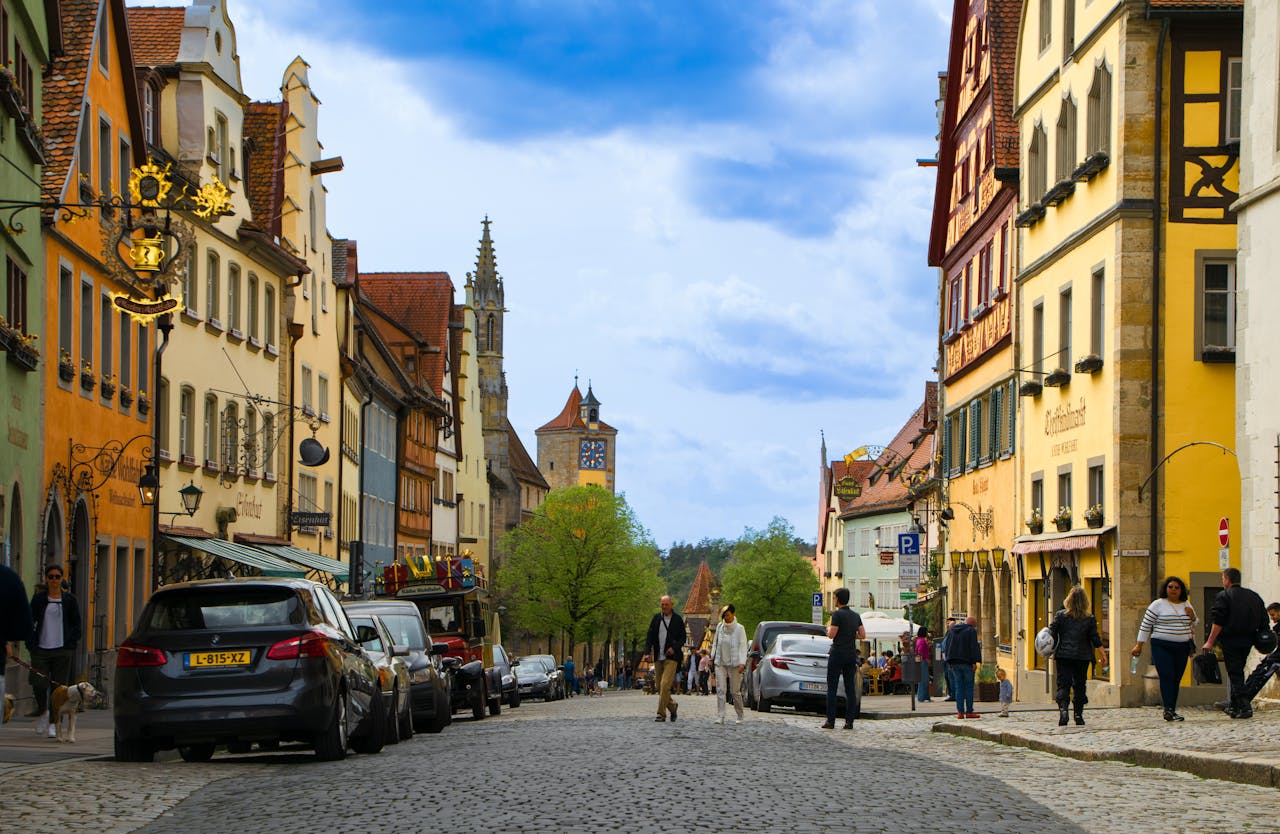
Rothenburg’s timber framing and intact ramparts offer a rare full circuit on medieval walls. The Plönlein forms a postcard bend, yet daily life keeps the scene from feeling staged. Bakers push open shutters, iron signs creak, and narrow alleys favor footsteps over engines. The night watchman’s route echoes older patrols, and towers reveal rooflines stacked like shingles. Winter markets crowd the square, then snow quiets the gates, reminding visitors why a defended hilltop once meant safety.
Tallinn, Estonia
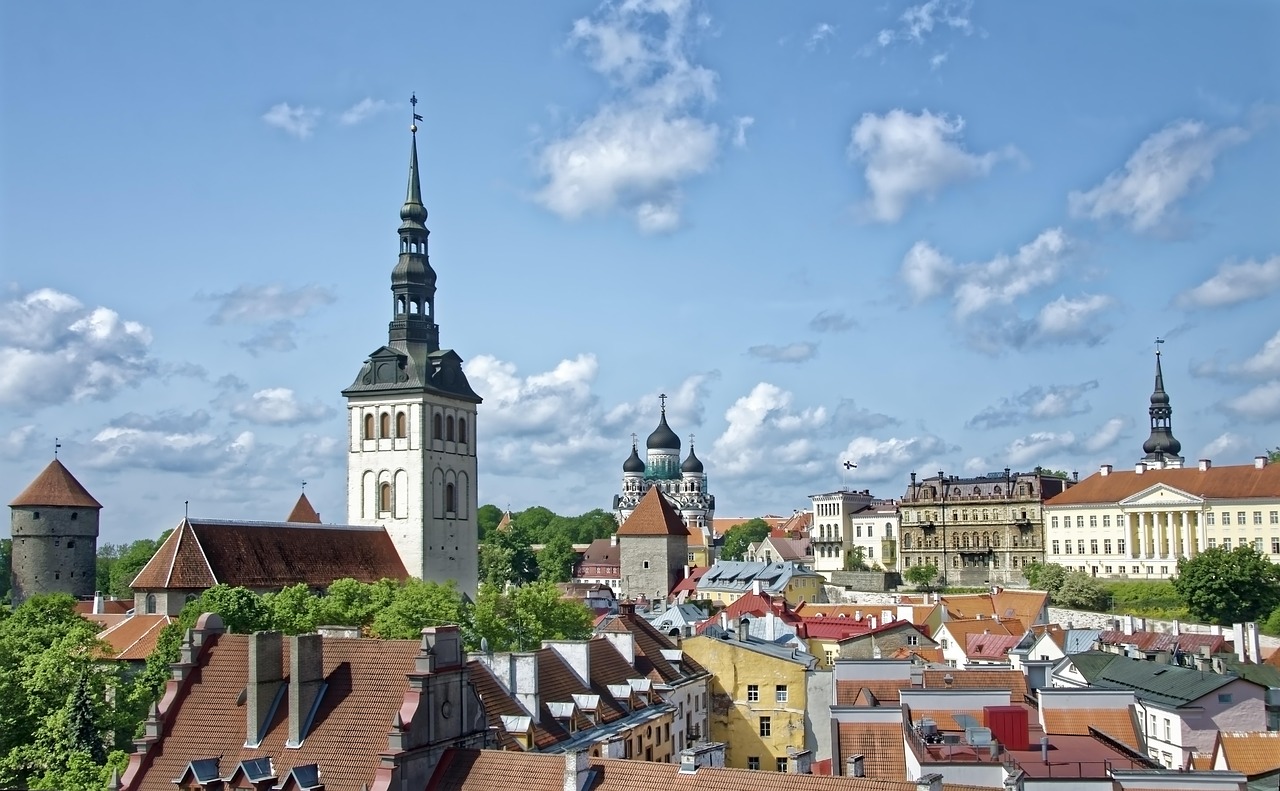
Tallinn’s Old Town climbs from merchant gates to Toompea’s citadel, with guild halls and spires mapping a Hanse ledger onto limestone. Cobblestones still carry deliveries, and the city wall keeps its rhythm of towers at regular intervals. Cafes settle into vaulted cellars, while traders sell amber and linen where ships once docked below. The skyline mixes pointed roofs and narrow chimneys, a silhouette that has outlived empires by trusting stone, winter light, and steady work.
Carcassonne, France
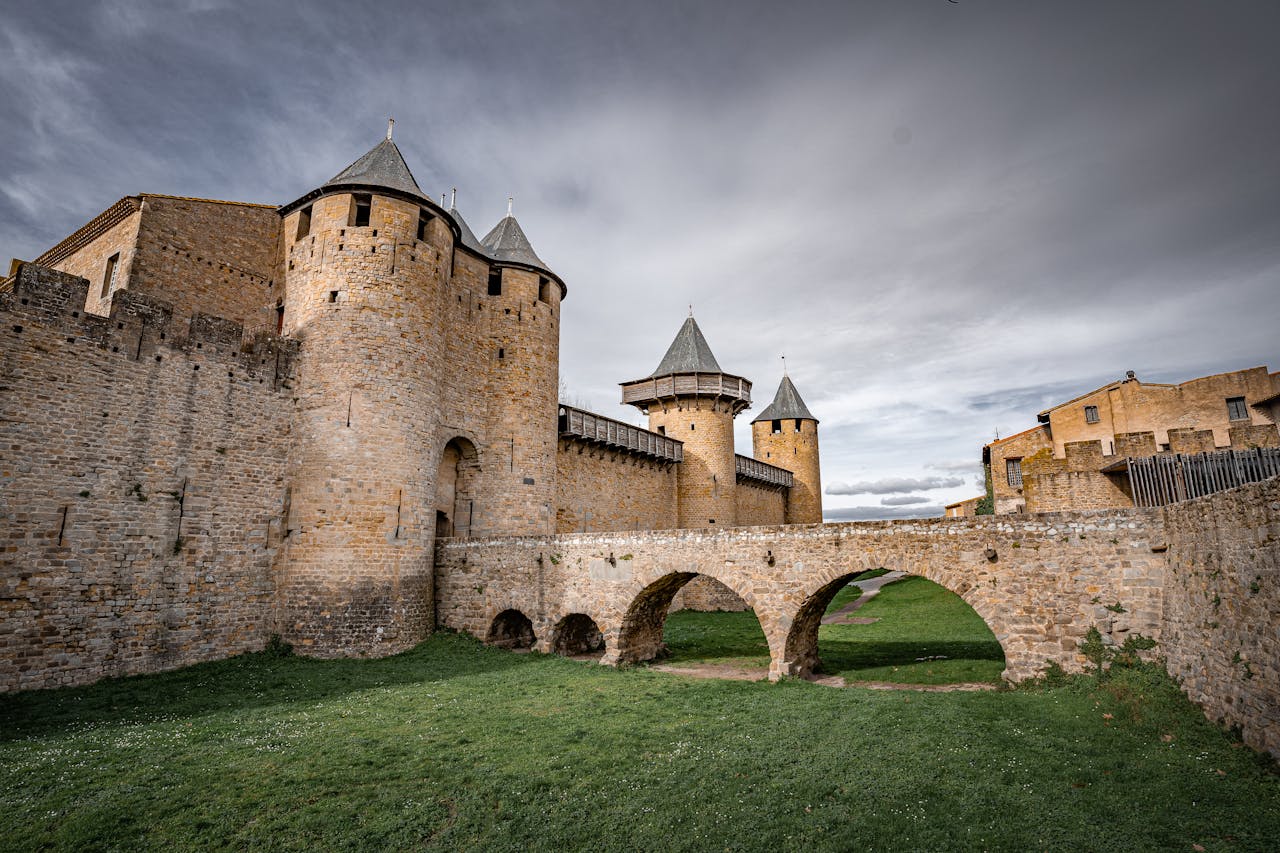
The Cité of Carcassonne rises above the Aude with double walls, barbicans, and more towers than a painter needs. Restorations gave the battlements crisp lines, yet the plan stays true to a fortress built for sieges. Walks pass arrow slits and murder holes that once guarded a frontier, while the basilica softens the interior with stained glass that throws color onto rough floors. At dusk, ramparts glow and shadows lengthen along a curve that still reads as strategy.
Toledo, Spain
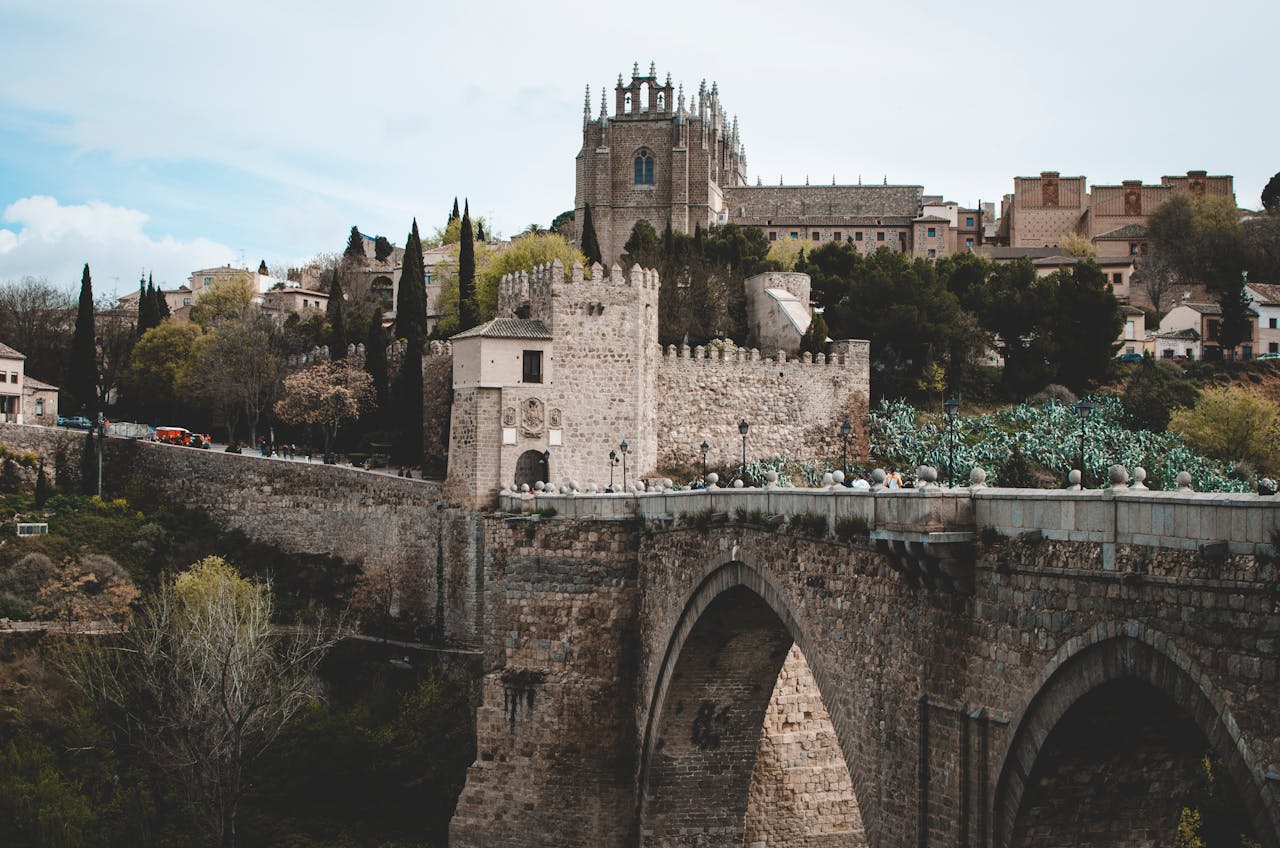
Toledo folds Christian, Jewish, and Muslim threads into one hilltop maze above the Tagus. Mudéjar brickwork patterns doors, the cathedral lifts Gothic ambition, and the Alcázar anchors the skyline. Streets twist to avoid sun and wind, then open to courtyards where water cools stone. Sword makers and marzipan sellers work near synagogues turned museums, reminders that craft and faith built the plan together. The city feels complete, a tight coil of memory balanced by daily chores.
Siena, Italy
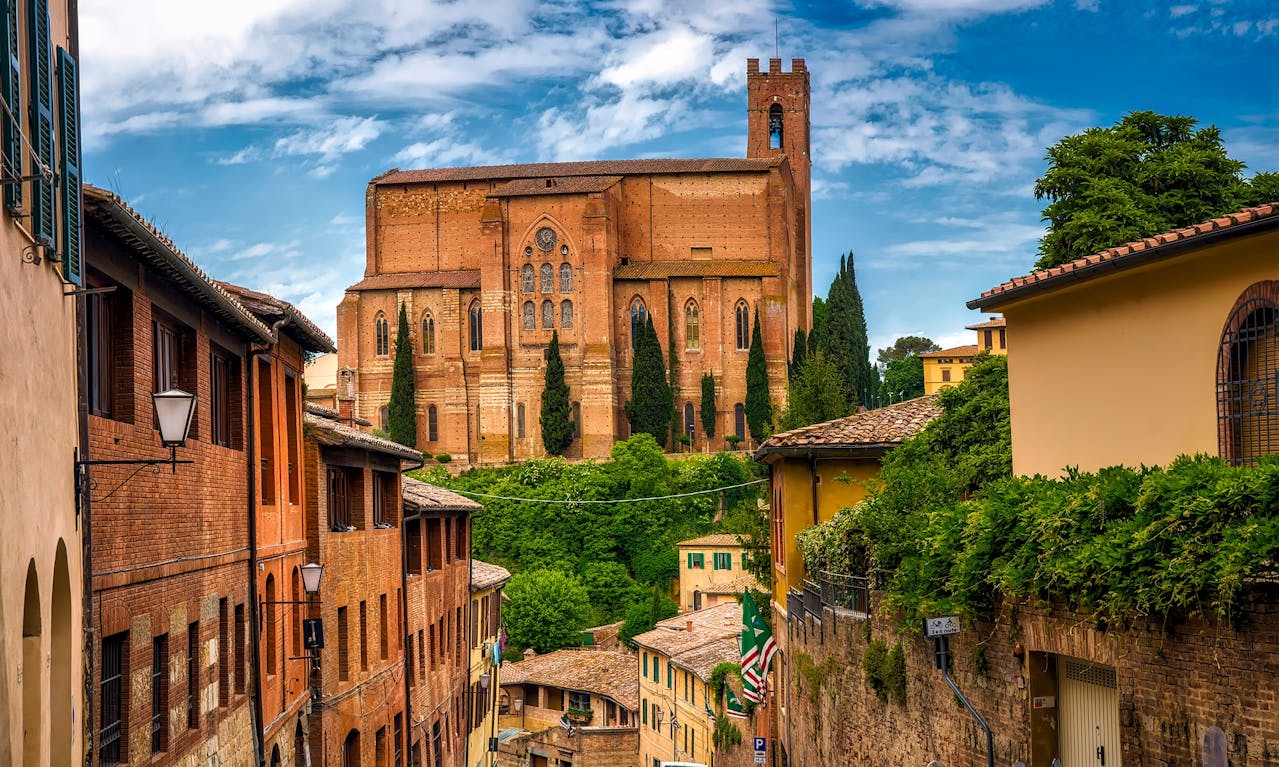
Siena moves to the slope of Il Campo, a shell shaped piazza that funnels city life into one shared stage. Brick lanes lean inward, striped marble climbs the Duomo, and contrade flags keep neighborhood loyalties visible year round. Workshops still sand wood and set gold leaf, while trattorias favor recipes older than the paving stones. During the Palio, horses flash past spectators as if time paused, then the city settles back into the measured grace of steep streets.
Prague, Czech Republic
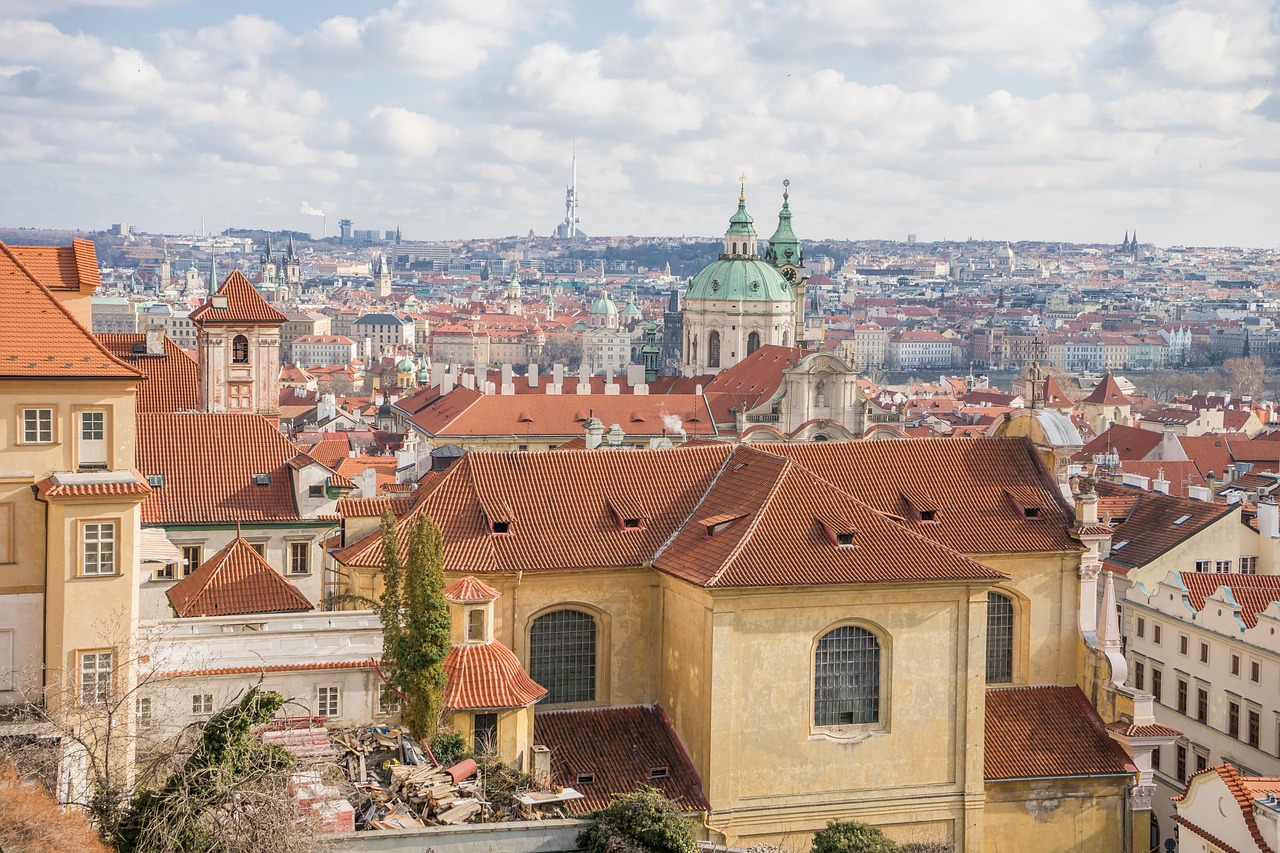
Prague’s Charles Bridge ties Old Town to castle heights with statues that turn fog into theater. Astronomers once set public time on an ornate clock, and the habit of looking up never left. Courtyards hide behind gateways carved with coats of arms, and vaulted passages cool summer heat. The Vltava holds the reflection of spires at evening, while lanes near the Lesser Town keep lantern light close to cobbles, a reminder that scale can be calm and exact.
York, England
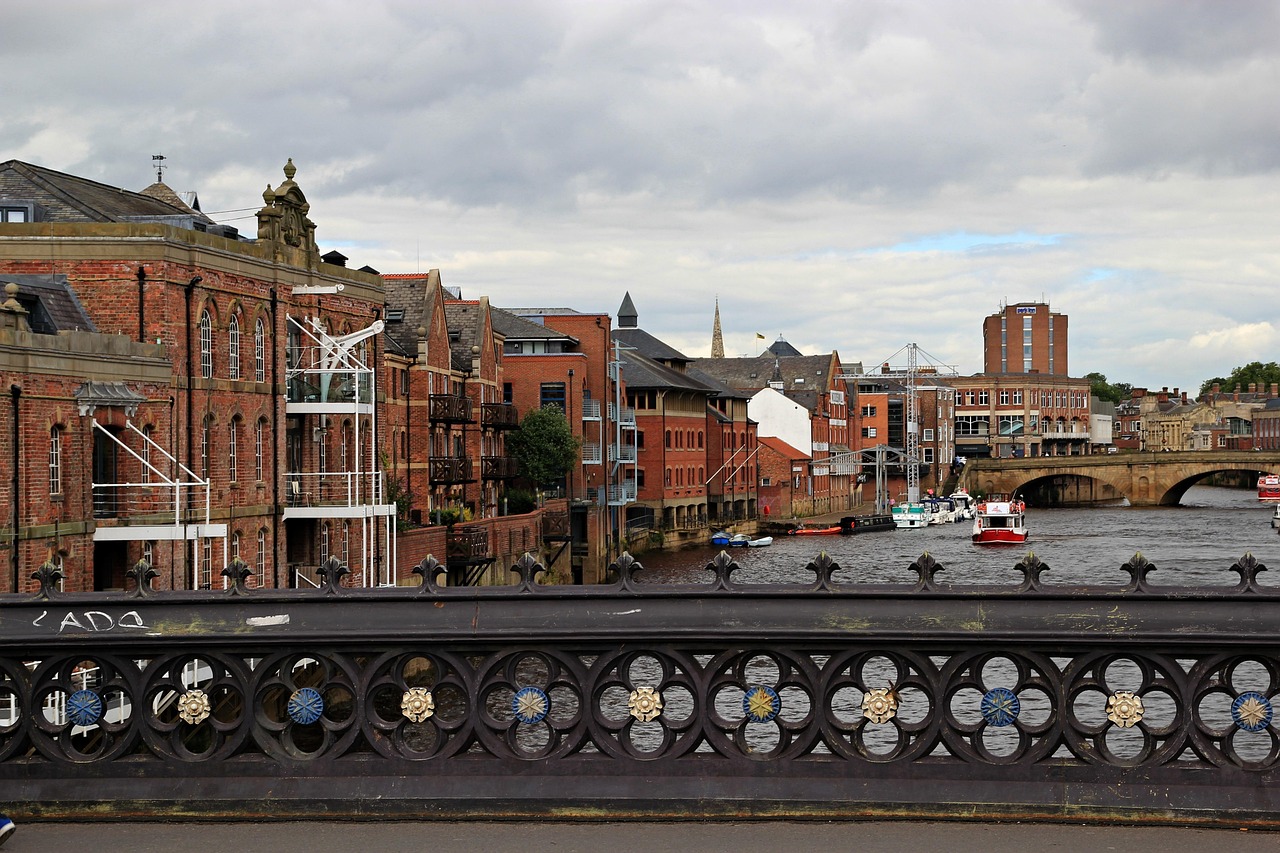
York circles its core with walkable walls that feed views of slate roofs and a Gothic nave rising like a ship. The Shambles narrows to overhanging timbers where butchers once traded, and guildhalls still host meetings that mix ceremony with business. Roman layers sit under medieval ones, then Victorian brick finishes the stack. Tea rooms, bookshops, and the Minster’s bells mark a daily pace that suits a city comfortable with age and clear about its center.
Kotor, Montenegro

Kotor tucks into a fjord like harbor, guarded by walls that climb the mountainside to a fort shaped by centuries of sieges. Streets pivot around tiny squares, churches alternate Romanesque and Venetian accents, and cats sun themselves on limestone warmed by the bay. Steps rise toward old ramparts where the view reveals red roofs and quiet water. When evening comes, lanterns pull the color from stone and the town returns to the scale that suits its walls.
